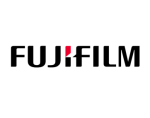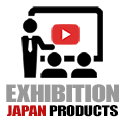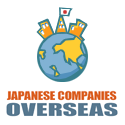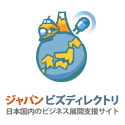Fujifilm vs Ebola: Japan giants turn hands to medicine

Fujifilm vs Ebola: Japan giants turn hands to medicine
Date: Aug 31, 2014
Source: AFP
Tokyo (AFP) – When Japan announced it was ready to supply a new drug to help combat the deadly Ebola virus, one unusual detail emerged — it would be made by Fujifilm.
The company synonymous with cameras and photobooths said it could start producing Avigan, which has been approved in Japan to treat the flu but which scientists think also could crimp the vicious illness.
Fujifilm’s expansion from pictures to pills through its healthcare subsidiary, Toyama Chemical, is a business move being echoed by other giants of Japanese manufacturing, including Sony, Panasonic and Toshiba.
Fierce competition from lower-cost rivals, a shrinking domestic market and products that no longer immediately dominate the world is nudging them into new spheres.
“We are currently developing our medical activity to create a comprehensive service that covers everything, from diagnostic prevention to treatment,” said Shigetaka Komori, CEO of Fujifilm, in a presentation on the firm’s website.
It’s not all about fighting disease, however — Fujifilm also makes anti-ageing face creams under the brand Astalift, which is found alongside traditional names in the business.
“We are adding a variety of medicines, dietary supplements and cosmetics to the radiography film and equipment and mammography apparatus already in our collection,” said Komori.
Fellow high-tech titan Sony has also leveraged its expertise to meet demand in medical science, incorporating technology usually found in Blu-Ray disk readers into the design of a new cell analysis device used in cancer and stemcell research.
The switch in focus is part of an effort by company president, Kazuo Hirai, to “make medicine a central part of the group’s development” as he looks to stem losses that have left Sony in the red for five of the last six years.
Rival Panasonic, whose profits are making a wobbly recovery from combined losses topping $15 billion in the previous two fiscal years, has also tried its hand at medical machinery.
One of its brainchildren is a robot named “HOSPI” which transports medicine from one place to another at a hospital in Osaka.
Meanwhile, Toshiba has gone one step further by opening its own hospital in central Tokyo that is kitted out almost entirely with its own-brand machinery and equipment.
– Cigarettes and alcohol –
Japan’s rapidly ageing population makes the sector a smart bet for companies in search of growth, said Hiroshi Nakamura, a professor at Keio Business School in Tokyo.
“The pharmaceutical industry in Japan is one of the few industries in which its domestic market is expected to expand for years, despite the declining population in Japan,” he said.
Barriers to entry that might stymie other players — such as technology and regulation — can often work in favour of electronics companies, which are accustomed to doing rigorous research, said Nakamura.
And the fact that many of their original product lines are in trouble adds a certain sense of urgency.
“Fujifilm is one of the few companies which has managed to enter the market, thanks to, for example, technologies developed under its film business, a strong sense of crisis (because there is) no hope for the film business, and a clear policy for differentiation against the existing big pharmaceutical companies,” he said.
But it is not only electronics companies who have decided to dabble in the medical market. The sector has also attracted companies more usually associated with products that are frowned upon by doctors.
Beer maker Kirin produces a range of medicine used to treat cancer, kidney disease and high blood pressure through a sister company.
And while Japan Tobacco churns out millions of packets of Winston, Benson and Hedges, and Camel cigarettes, it also runs a medical research laboratory, and is now marketing its own anti-HIV compounds and treatments for melanoma skin cancer.
Although pharmaceutical pursuits only account for 2.7 percent of Japan Tobacco’s revenue, it is keen to derive further healthy profits from its medical side-project.
“We strive to strengthen the profit base through value maximisation of each product and research and development promotion for the next generation of strategic compounds,” Japan Tobacco’s Associate General Manager Dmitry Krivtsov told AFP.









